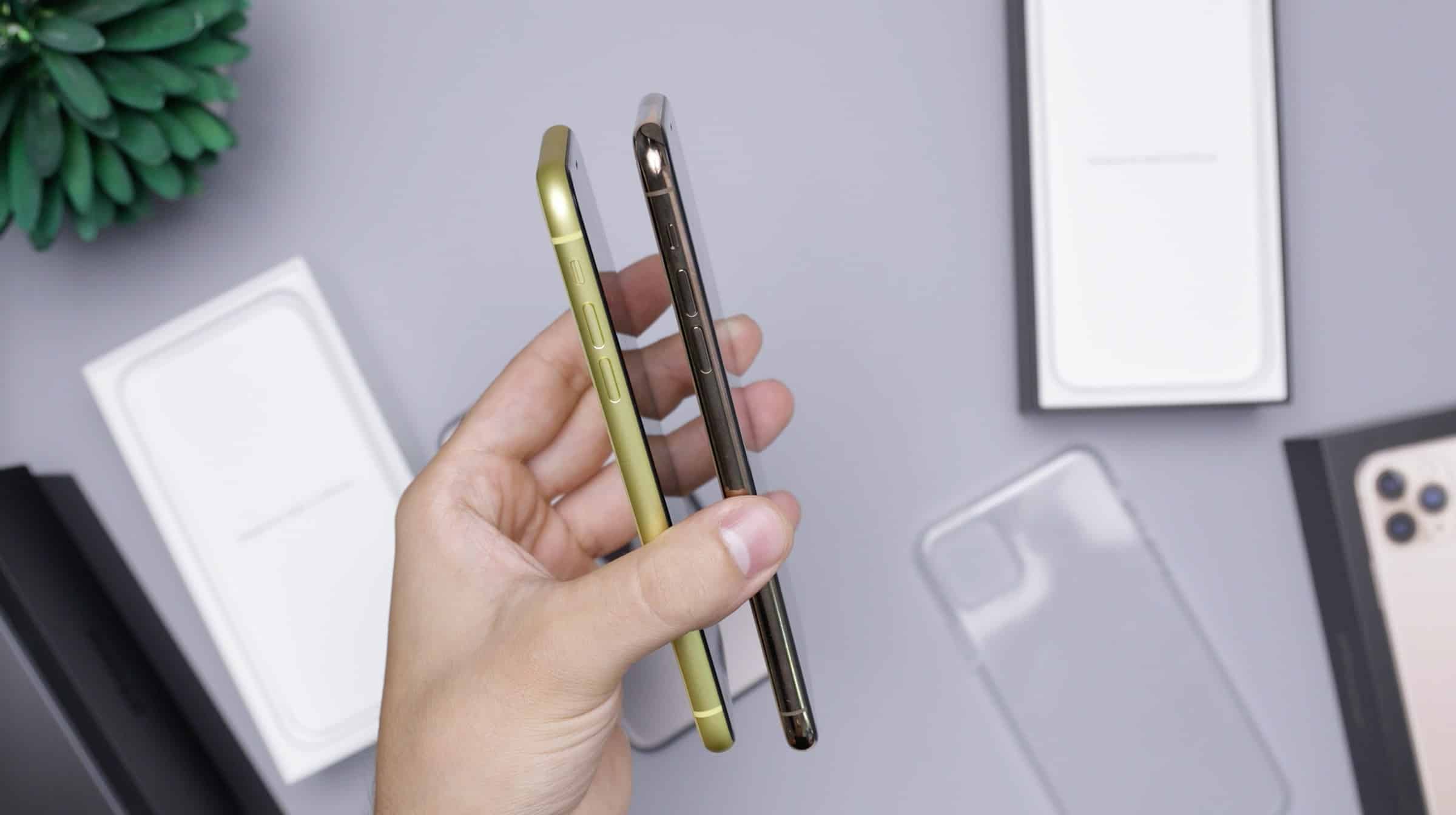
How Can You Use NFC for Quick and Secure Smartphone Payments?
If you're like most people, your smartphone is more than just a communication device. It's your calendar, your camera, your music player, and increasingly, your wallet. One of the most innovative ways smartphones are facilitating payments is through NFC, or Near Field Communication. In this article, we're going to delve into the world of NFC, how it works, how it enhances the security of your transactions, and how you can use it for quick and efficient smartphone payments.
What is NFC and How Does It Work?
Near Field Communication, or NFC, is a short-range wireless connectivity technology that allows two devices to establish communication when they're within a few centimeters of each other. This technology is increasingly being used to facilitate smartphone payments, turning your phone into a digital wallet.
Cela peut vous intéresser : What Are the Techniques for Improving the Audio Quality of Voice Memos on Smartphones?
When you make a payment using NFC, your smartphone communicates with the payment terminal using radio frequency. The payment information is transmitted securely from your phone to the terminal, allowing for a quick and contactless payment.
NFC works on the principle of electromagnetic radio fields, similar to Bluetooth or Wi-Fi. However, NFC operates at a much closer range, usually within 4 centimeters, making it ideal for secure transactions.
Dans le meme genre : How Can You Use Your Smartphone to Control and Monitor Your Home's Energy Consumption?
How to Set Up Your Smartphone for NFC Payments
Setting up your smartphone for NFC payments is a straightforward process. Most new smartphones are NFC-enabled, but it's always a good idea to check your device's specifications to be sure. Here's a step-by-step guide on how you can set up NFC payments on your smartphone.
- Check if Your Smartphone Supports NFC: The first step is to check if your smartphone supports NFC. You can do this by going into your phone's settings and looking for an option labeled 'NFC' or 'Tap & Pay'.
- Download a Payment App: The next step is to download a payment app that supports NFC payments. Some of the most popular ones include Google Pay, Apple Pay, and Samsung Pay.
- Add Your Payment Information: Once you've downloaded the payment app, you need to add your payment information. This could be your credit card, debit card, or bank account information.
- Enable NFC: After you've added your payment information, go back into your phone's settings and enable NFC.
- Make a Payment: Now, you're set up to make a payment. To do this, unlock your phone and hold it near the payment terminal. You should get a confirmation on your phone that the payment has been made.
The Enhanced Security of NFC Payments
One of the reasons many people are turning to NFC payments is the enhanced security they offer. When you make a transaction with NFC, your credit card number is not transmitted. Instead, a unique transaction code is sent, which is useless if stolen.
Moreover, NFC also uses encryption to protect your data. Even though the payment information is transmitted wirelessly, the encryption ensures that it cannot be intercepted and misused. Therefore, even if someone is within range and trying to intercept the data, all they would get is encrypted gibberish.
In addition, many payment apps also require a form of authentication – such as a fingerprint or a PIN – before a transaction can be completed. This adds an extra layer of security, ensuring that even if your phone gets stolen, the thief won't be able to make payments without your authentication.
The Convenience of NFC Payments
Apart from security, NFC payments are also incredibly convenient. All you have to do is unlock your phone and hold it close to the payment terminal. There's no need to carry around multiple cards, remember PINs, or sign receipts.
Moreover, NFC payments are also faster than traditional card payments. The transaction is completed within seconds, saving you time at the checkout. This speed, combined with the convenience of not having to carry physical cards, makes NFC payments a very attractive option for many people.
Furthermore, many payment apps also allow you to track your spending and manage your finances directly from the app. This can help you keep a better eye on your spending and stay within your budget.
Using NFC for Other Applications
Beyond payments, NFC technology has a host of other applications. For instance, you can use NFC to share files between two devices, similar to Bluetooth. However, unlike Bluetooth, the devices need to be very close together, making NFC a more secure option for file sharing.
You can also use NFC for contactless ticketing in public transport, to check information about a product in a store, or to automate tasks in your smartphone. For instance, you can set up an NFC tag to turn on your alarm and put your phone on silent when you tap it on your bedside table.
In conclusion, NFC is a versatile technology that not only enables quick and secure payments but can also be used in a variety of other ways. As more and more devices become NFC-enabled, we can expect to see even more innovative uses for this technology in the future.
The Future of NFC Payments
As we delve into the future, Near Field Communication (NFC) promises to play an increasingly central role in the evolution of digital payments. A report from Grand View Research anticipates the global NFC market to grow at a compound annual growth rate (CAGR) of 17.9% from 2021 to 2028. This growth is driven by an increase in mobile internet penetration, a surge in the use of mobile devices, and the rising adoption of NFC in the retail industry.
For consumers, NFC payments offer an unmatched combination of convenience and security. Businesses, on the other hand, appreciate the efficiency and customer experience improvements that come with NFC payments. For instance, retailers can reduce checkout times, streamline the payment process, and even integrate loyalty programs directly into the NFC payment system.
The future might also see NFC technology being used to facilitate peer-to-peer payments, opening up yet another avenue of convenience for smartphone users. Furthermore, NFC technology could become essential in sectors like healthcare, for tracking patient information, or in logistics, for managing inventory.
In addition, NFC's potential is not limited to financial transactions. In the future, we could see NFC technology being used to simplify and secure everything from public transportation ticketing to access controls in buildings and events.
The Challenges of NFC Payments
Despite the benefits and potential of NFC, it's not without its challenges. For one, not all smartphones are NFC-enabled, which can limit its use. While most new smartphones now come with NFC technology, there are still many older models in use that do not support it.
In addition, while NFC payments are secure, they are not immune to all forms of cybercrime. For example, while it is difficult, it is not impossible for a sophisticated hacker to intercept NFC data. It's thus crucial that businesses and consumers keep their devices and apps updated to benefit from the latest security enhancements.
Furthermore, the adoption of NFC technology can also be hampered by a lack of understanding or mistrust from consumers. Many people are still uncomfortable with the idea of making payments with their smartphones and are concerned about the security of their financial information.
In conclusion, Near Field Communication (NFC) is a revolutionary technology that is transforming the way we make payments. It offers a secure, quick, and convenient way of conducting transactions, making it a viable and attractive alternative to traditional payment methods.
Despite some challenges, the future of NFC looks bright. With increasing adoption and constant advancements in technology, it is likely that NFC will continue to grow and evolve, becoming an even more integral part of our daily lives.
As we continue to embrace the digital age, the true potential of NFC is only just beginning to be realized. Whether it’s making payments, sharing data, or creating new forms of interaction, NFC represents a leap forward in how we connect and transact in an increasingly digital world.
